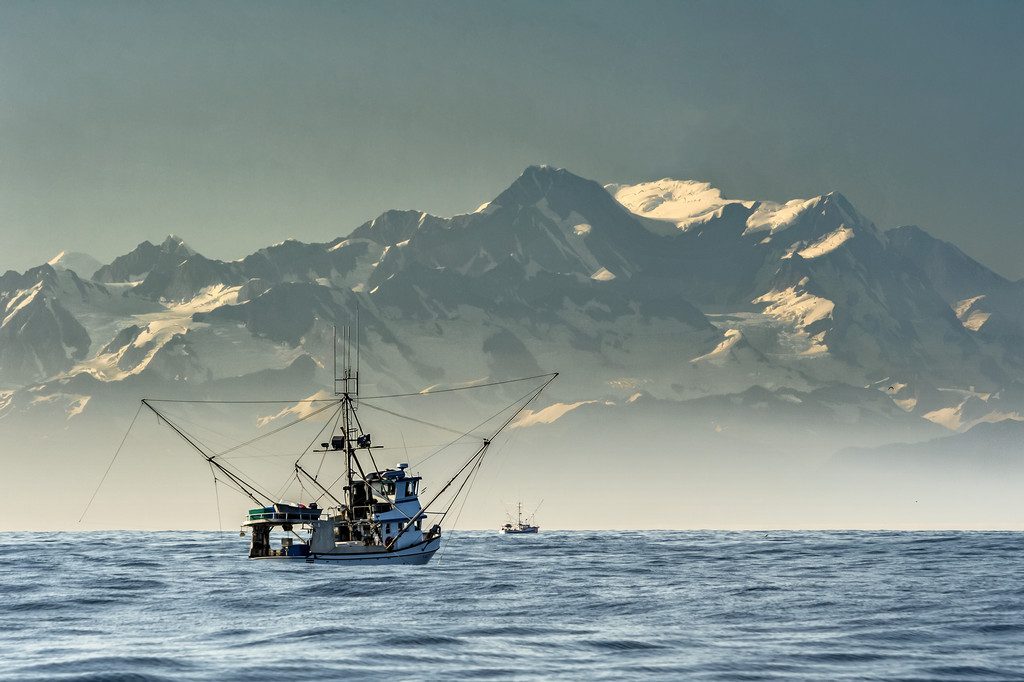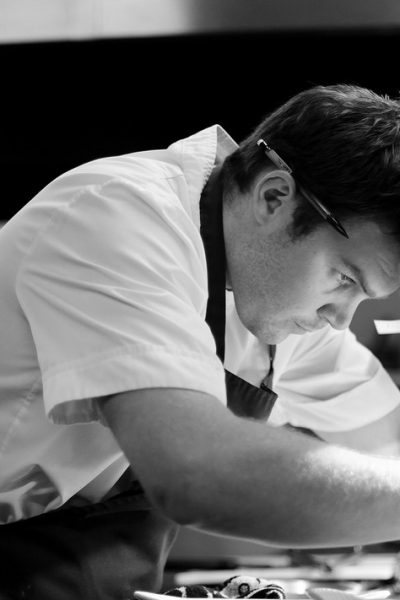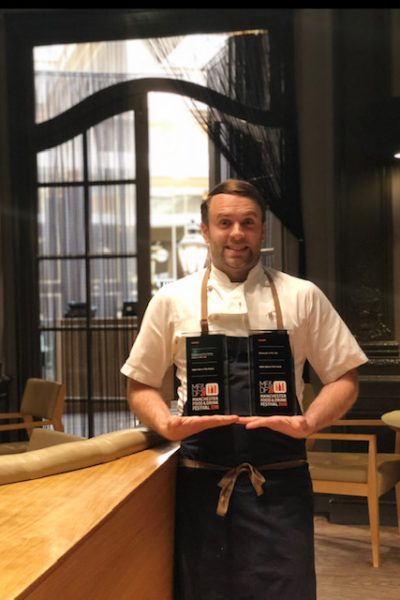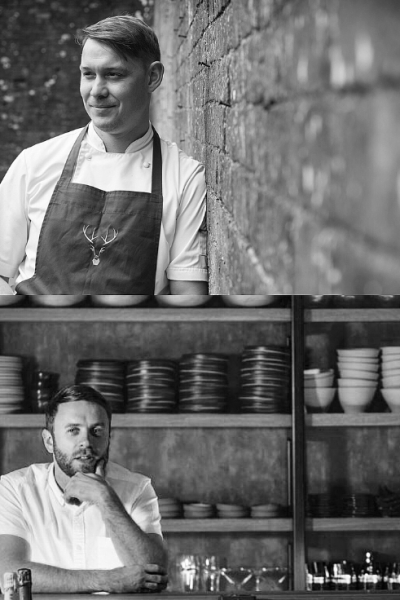Under the Sea…

Whilst enjoying a chippie tea on my break from the kitchen, I found myself asking why I would want to promote seafood from half way around the world when we have such rich fishing grounds surrounding the British Isles.
So I did some research on this, and the truth is that we export most of the fish caught around British shores, approximately 60% in fact.
At The French, I do try and use locally grown produce where possible because I like to support these businesses, but if I have to look further afield for the perfect combination of quality, price, availability and sustainability then I will. That’s what took me to Alaska.
Alaska seafood is:
Wild. Alaska seafood is about as wild as you can get. The state is home to over three million lakes, 34,000 miles of coastline and 3,000 rivers and this is where species swim freely and mature at a natural pace.
Lean. Having swum thousands of miles, they are fit fish. You kind of would be, wouldn’t you?! Aside from huge respect, this also means that the fish isn’t fatty or greasy but lean and a great low fat protein source.
I must point out that this is crucial when you come to cooking wild seafood. It takes less time to cook due to reduced oil levels.
Top notch quality. Alaska seafood hasn’t been pumped with artificial colouring, the sockeye salmon is bright orange because it eats plankton including tiny shrimp! The seafood is frozen within hours of being caught to capture and protect freshness.
Sustainable. As a chef, I’ve noticed that this is growing consumer concern. Diners are more conscientious and have started questioning where their food comes from, which in my opinion is a really good thing.
Alaska’s sustainability credentials are second to none. In Alaska sustainability isn’t just a buzz word, it is built in to the constitution and therefore for generations of fishing families it is a way of life.
Practically, this means each fishery is quota based – stocks are managed and carefully controlled to avoid over-fishing. Fishermen aren’t just fishing for the here and now, they are fishing in a way that will provide for future generations as well. When I travelled there last summer – this was inspiring to see.
Frozen. Now I know this will sound alarm bells for a lot of chefs, but hear me out…
Because of where Alaska is geographically located, seafood has to be frozen at sea. Although cooking from frozen is not necessarily how I prefer to cook, I have found ways around this and even found some benefits.
I have fallen in love with Alaska halibut, which is available all year round as a frozen product. It is shipped to the UK in bulk and because of its availability I can get it for a decent price.
With fish like wild Alaska pollock, you can buy frozen portions. Now I don’t currently use this in my kitchen but after speaking to the executive chef at the Midland Hotel here in Manchester – he is certainly considering it. He currently serves battered fish on his bar menu and buys fresh cod tails. They last three days before being binned. He needs 30 ‘en place’ every day, but may only sell six. Wastage. However, if he used frozen portions, they could come straight out of the freezer, into the batter, cooked from frozen and served. 0% wastage.
The method of freezing at source means that every portion is just as fresh at the point of service as the cod tails he is currently buying. As for quality – which I can hear you all screaming at me – it hasn’t been compromised. The taste and flavour is on the money.
My trip to Alaska was real eye opening experience and for me, now, it’s a no brainer in terms of seafood. You just need to know what to use it for, which is, at the end of the day, the job of a chef.


